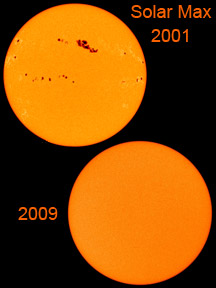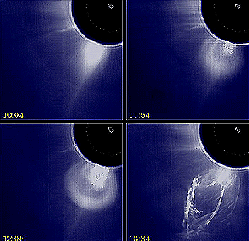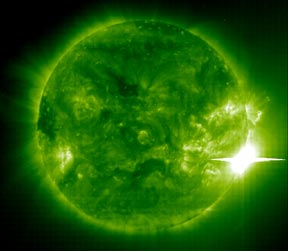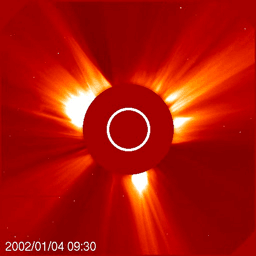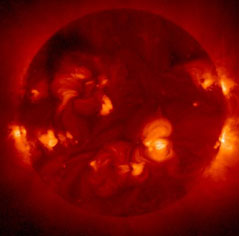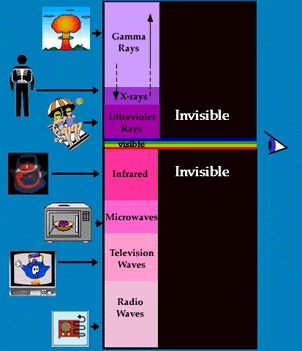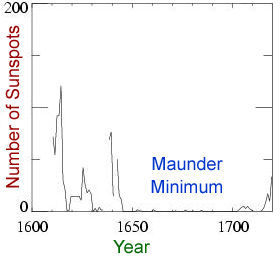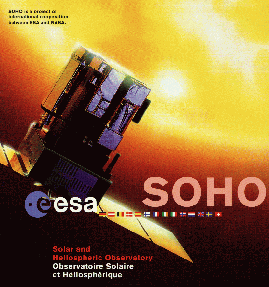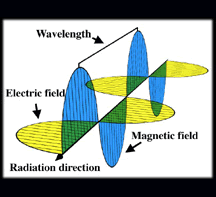Click on image for full size
Images courtesy of SOHO/NASA/ESA.
Where have all the sunspots gone?
The Sun seems especially tidy these days - it has been virtually spotless for the last couple of years! Actually, the sunspots that periodically appear on the face of the Sun are an indicator of solar activity level, which typically waxes and wanes over the course of an 11-year cycle. This time around, however, the period when sunspots are at their minimum has lasted far longer than expected and has produced an extreme lull in the number of sunspots.
Sunspots are actually regions of intense magnetic disturbances on the "surface" of the Sun. They are also strong indicators of the overall state of the Sun; when there are lots of sunspots, the Sun is embroiled in an active, agitated state. When sunspots are plentiful at "solar max" and the Sun is "active", our neighboring star frequently emits large bursts of explosive energy in the form of solar flares and coronal mass ejections. These outbursts generate space weather "storms" throughout the Solar System. Also, though the brightness of the Sun in visible light wavelengths barely changes (about 1/10th of a percent) from "solar max" to "solar min", emissions of powerful X-rays and ultraviolet (UV) radiation can be as much as 100 times greater when the Sun is in its active phase. This variation in X-ray and UV flux has a large influence on Earth's upper atmosphere, which (thankfully for us surface dwellers!) absorbs almost all of the energy from this harsh radiation.
The current (as of June 2009) dearth of sunspots is very unusual. The current "solar min" is the "deepest" in nearly a century, and is the most extreme yet in the modern era since spacecraft became available to monitor the Sun in various wavelengths. No sunspots were observed on 73% of days in 2008, making it the most spot-free year since 1913. This minimum is also lasting longer than usual; the "11-year cycle" that began in 1996 is just now showing signs of ending in its 13th year.
As the current "solar min" ramps up to the next "solar max", scientists are trying to determine whether this extreme lull will presage an especially intense, an extremely weak, or a more-or-less normal uptick in solar activity. Using a technique called helioseismology to detect enormous "jet streams" of plasma flowing beneath the surface, scientists believe they have detected the stirrings of the next "solar max".


